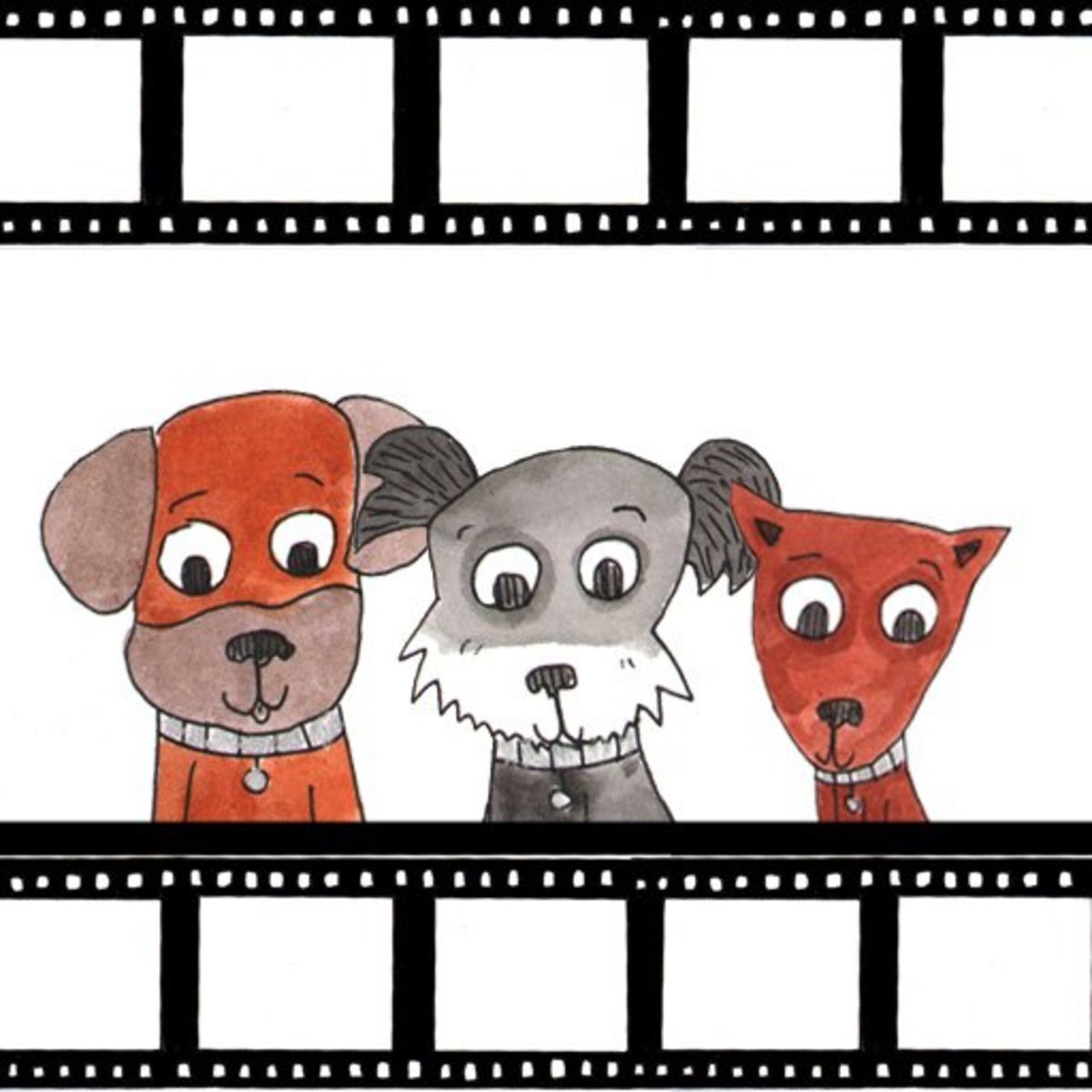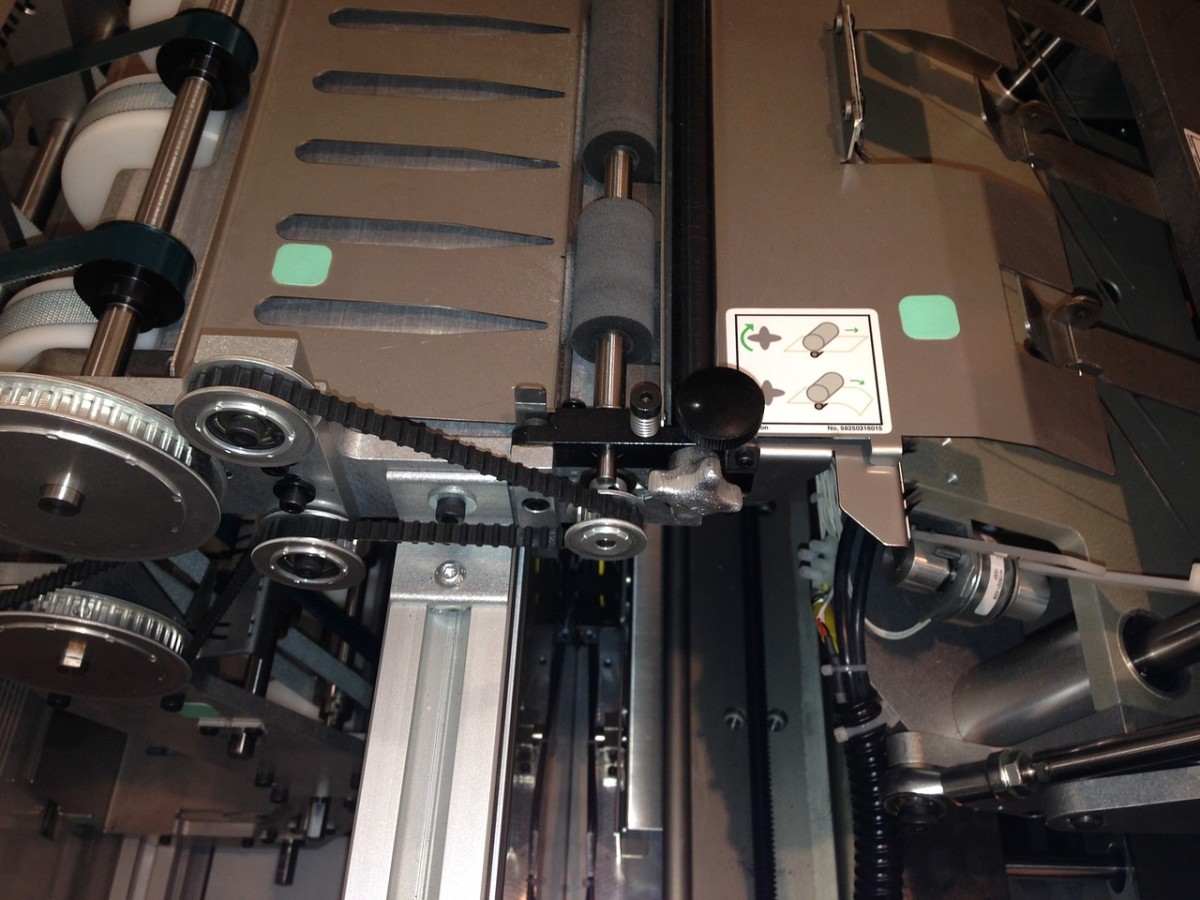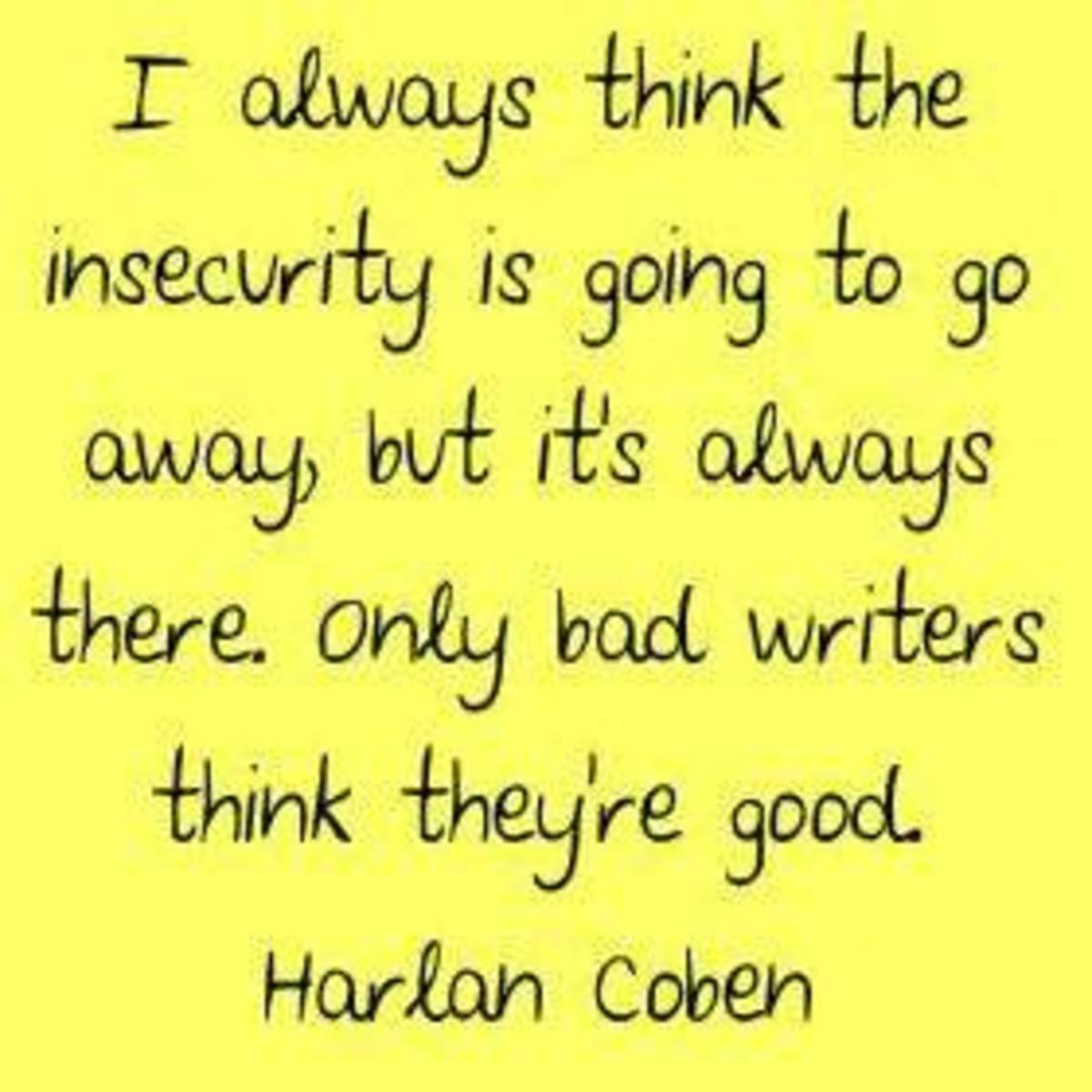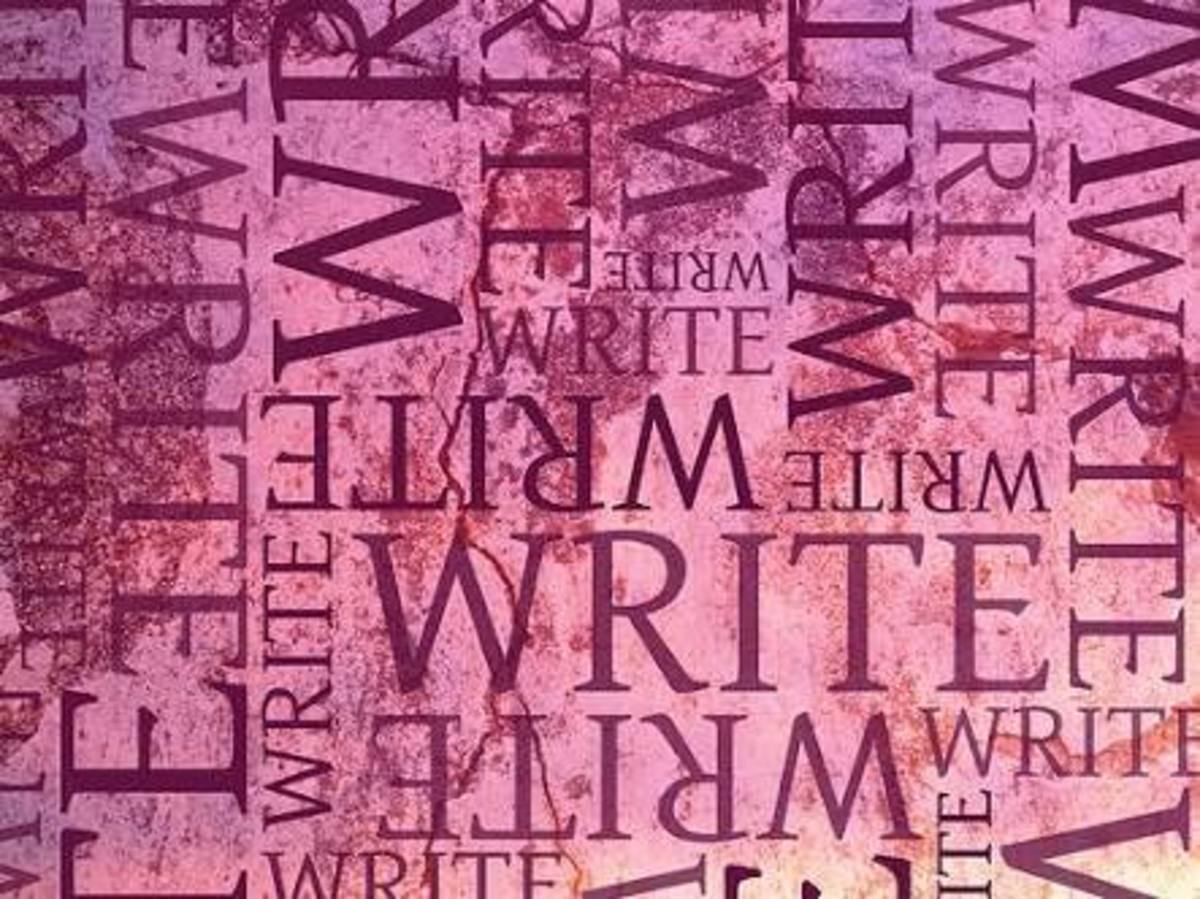Self-Publishing, the Inside Story

Publishing Your Book - A Writer's Dream
Have you considered self-publishing your book? Every writer I know (including myself) has dreamed of having their work published, but the publishing industry has changed dramatically over the last 5 - 10 years.
One statistic given by an author I came across last year, is that only one in 100,000 manuscripts get taken up by a traditional publishing company and even then, the chance of success is very small. And as companies tighten their budgets even further, I am sure the numbers will increase.
So here is some information from authors who took a different route to getting their books out there--Self Publishing! Here you will find details about various self-publishing avenues, together with down-to-earth descriptions of what worked and didn't work well for the authors.
Our aim is to provide some helpful feedback--to let you decide for yourself whether or not self-publishing is for you.
Here you will also find guidance on many aspects of the self-publishing industry which will help you better understand what is involved when you make the decision to have your dream come true.
Do You Want to Publish a Book?
Vote in the poll
An Overview of Self-Publishing
A more detailed description can be found on the Wikipedia website.
Self-publishing means publishing your book independently, without using a traditional publishing house or company.
Because of huge changes in the publishing industry, it has become possible for an author to manage the whole process themselves, or pay a fee to a self-publishing company for them to provide certain services. But before you decide which route is for you, it is important to answer a a few key questions which will then guide you in the right direction:
What aspects of self-publishing am I capable of doing myself, i.e. writing, editing, formatting, cover design?
How much am I willing or able to pay to get my book published?
What is my time frame (when would I like to have the book available for purchase)?
How much time (and/or money) am I willing to invest in marketing and promoting my book?
Will the royalties I make from my book cover my initial outlay?

Tips for Using a Print-on-Demand Publisher - Advice from Virginia Allain
- Review the POD (print-on-demand) publishers. Consider Blurb, Lulu, etc.
Here are links to the guidelines for each site: Lulu, Read over the guidelines carefully.
- Here's a chart that compares Print-on-Demand publishers. The Writer's Site also has a chart comparing a smaller number of POD Publishers. Keep in mind that a publisher may have changed their policy or pricing since the time the chart was compiled. It is important to read the guidelines the publisher posts. For example, one chart lists Blurb's royalty per book at $4.00. That is not correct. The reality is that you can set the royalty yourself.
- My experience with Blurb: I chose to use this POD publisher after unsuccessfully trying to set my book up on Lulu. I found the Blurb software (BookSmart) much simpler to use. One drawback is Blurb does not provide an ISBN number so if you want one of those, you have to get it yourself. Without an ISBN, you have a hard time getting your book onto Amazon or into bookstores and libraries.
- Check how much up-front cost there is with the POD publisher. Blurb appealed to me because you don't put down a penny to get the book published. You do have to buy one copy of the book to keep it available for purchase on the site. There is no obligation to buy more than the one copy of the book.
- Check what the author royalty is per book. Some have a set royalty but Blurb lets you decide how much the royalty should be. The higher you set the royalty, the more expensive the book becomes, so you must be careful not to price yourself out of the market. Remember that the buyer will have postage to pay in addition to the book cost.
- Consider how much the POD publisher provides in services and how much you can do on your own. One chart shows Blurb as not providing help with the cover or layout. In reality, they provide a wide selection of templates that you plug your text and pictures into for an attractive look. You can customize those layouts any way you want.
Print on Demand and Vanity Presses
Print on Demand Publishing Sites
- Blurb
- CreateSpace (Amazon)
- LuLu
- Wordclay (new to me, so can't vouch for it)
Publishing Companies That You Pay (Vanity Presses or Subsidy Presses)
An example would be Dorrance Publishing. A vanity press might be $1,000 or more to publish your book and provide you with a certain amount of copies. Look carefully at the contract to make sure you aren't signing over your future profits or rights.
Ones to avoid include:
- Commonwealth Publishing
- Northwest Publishing
- Sovereign Publications
- Press-tige Publishing
- Vantage Press
- Tate Publishing
These have numerous complaints with the Better Business Bureau or online.
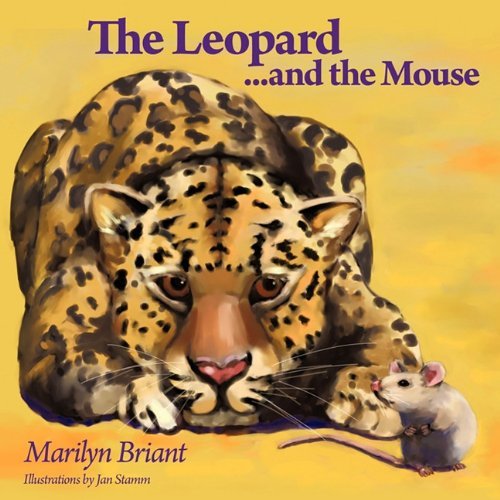
Tips for Choosing a Self-Publishing Package - Advice from Marilyn Briant
Self-Publishing a Children's Picture Book
When the famous photos of a real-life leopard and mouse encounter arrived in my email inbox, I was entranced. Here was a gentle giant and a tiny, fearless creature! It was a story waiting to be written, one that would enchant children everywhere, encouraging them to overcome fears, accept differences, and think before acting, with examples of positive social behavior woven into the tale .
I knew I could do it! Writing has always been a part of my life, both for work and as a therapeutic hobby. Since I already had a website and was really enjoying the discipline of writing weekly posts, I decided to go ahead.
After I wrote the story, and it won a prize in a short story competition, I decided to turn it into a children's book. I did some research and discovered the likelihood of having it accepted by a mainstream publisher was remote.
Self-publishing seemed like the answer, but first I had to find an illustrator.
The Steps Marilyn Took in Self-Publishing Her Children's Book
- Illustrations/Finding an Illustrator
Unless you are an artist too, the internet is a wonderful resource. Simply by "Googling" children's illustrators, you can find samples of work by all types of artists, together with biographies and testimonials about their work. This is how I found Jan Stamm, who was exactly the right illustrator for my book. After emailing her the manuscript, Jan accepted my request to consider doing the pictures for the book. She submitted a sample illustration, which I approved, then sent me a contract which we both signed, regarding the timing, cost and copyright details for the project (all of the illustrations, including the book cover design).
What I learned:
Even though we never had a problem about the quality of work or payments being made at the appropriate times, I believe it is extremely important to have a contract, signed by both parties.
It is important to have an open mind about how your story is being portrayed by the artist. Sometimes I had a specific image in mind, but Jan came up with something different and I chose her idea. There were times when I did not like the outline submitted, so I needed to be very comfortable about giving specific feedback about what worked and did not work for me.
Although we did not meet in person, through emails and telephone calls, Jan and I got to know each other very well, and had a wonderful working relationship.
Hiring an artist is expensive. The price can be between $300 - $500 per illustration. Many artists will work with you on cost, so don't be afraid to ask if they can work within your budget.
- Choosing A Self-Publishing Company
There are a lot of factors involved in choosing a company that is right for you. It is extremely important to understand that self-publishing is a multi-million dollar industry and the companies vying for your business are primarily involved in making money. Many of them do not even read your manuscript. Aside from an charging you an initial self-publishing package cost, they are focused on selling you the different services they have available, for a considerable fee. I selected Balboa Press. Here is a list of the services they offer:
EDITORIAL SERVICES
Make sure your book is at its best before it is published with our Editorial Services. Our experienced editors, who are among the best in the industry, will give you an outside perspective on your book. No matter what your book needs to clean it up, we can provide exactly what you need.
FORMATS
When you publish with Balboa Press your book is available in softcover, hardcover and as an e-book. We utilize the best in state of the art digital and print-on-demand technology to help your book stay on top of industry trends so it is available to a wide range of people.
DESIGN SERVICES
You've worked hard on writing your book. Now give it a richer, deeper feel with a unique cover design and high-quality cover illustrations. Our experienced design team will work with you to make sure your vision is clearly conveyed to your audience.
PRODUCTION
Some books need a little more work than others. If you need help with tweaking, arranging and polishing your book, our production services are for you. Whether your manuscript needs to be data entered or you want your book to have a detailed index, we can provide that and more.
MARKETING SERVICES
Our book marketing services allow you to stay in control of what happens with your book, but we never leave your side. We're here to help you figure out the best marketing strategy for your book, using traditional or modern marketing approaches.
BOOKSELLING SERVICES
Even though a lot of books are sold online, people still buy books in bookstores so it's important for you to have your book where people go. With our bookselling services and promotional materials, you can confidently approach a bookstore and secure shelf space for your special book.
MARKETING CAMPAIGNS
We combine some of our most popular services into campaigns so you can choose what you want at a discounted price. By bundling services together, we are able to offer you our best services at the best price.
- What I learned about choosing a self-publishing company: I needed to do a lot more research about self-publishing companies!
-
I chose to use Balboa primarily because of its connection with Hay House and had an expectation that the company's employees would be people interested in spiritual or altruistic areas, to quote from the company's own statements: "By choosing to publish with Balboa Press, you not only align yourself with a publisher that shares your values, but you also receive benefits you won't find with any other self-publishing companies. Our professional staff works with you to ensure your book meets industry standards..."
I did not find this was the case and after my book was published, uncovered the fact that Balboa Press is the Author Solutions-run subsidy branch of Hay House.
My experience was that Author House/Author Solutions is not a caring, professional and customer-focused business. In my case, I felt they fell far short of Balboa's company's statement: "At times, self-publishing may feel overwhelming, but we will walk with you all along your publishing path. Our goal is to take the worry and frustration out of publishing a book and instead provide you with a smooth path full of help along the way."
I was frustrated with the company's lack of professionalism and unfortunately did not pay attention to the details/documentation which led to having to request these after the project was completed. (After I purchased the self-publishing, I did not receive a receipt of purchase or details as to what was included in the package. After my book was published, I had a question about what was included in my package, but since I did not have a copy of the details I could not support my claim.)
If I decide to self-publish another book, I will be more aware that the company's primary goal is to sell you additional services. (A marketing person contacted me shortly after I entered the layout/design phase and asked me a lot of personal questions, which I answered before I realized he was trying to sell me a marketing package.)
I will also try to make sure that I use a company who is willing to discuss and possibly work with together on price. (This is a very important point. Towards the end of the process, I was advised that the price of the book would be $9.95 but when I was ready to sign-off on the cover and galley, I was told that it would be $13.95. I felt, and still feel this is too high for a 36-page soft-cover children's book. I was even also told it would be discounted by Amazon - which it is not. And obviously, the book price affects the amount you have to pay for books when you purchase them from the company).
The quality of the finished product is very important. Unfortunately, when I received a copy of the book the colors of the illustrations were much darker than the ones I thought I signed-off on. No-one told me about the possibility they would be 10% darker. (Apparently ,this was in a color book which I did not receive.) In the first copy that I received there was a white gutter between the illustrated pages of the book. (All the artwork was designed for double page spreads, bleeding into the gutter). I was never asked to make a decision, or provided with any information, regarding the binding of the book - perfect bound or saddle stitched and I ended up being somewhat disappointed with the way the book looks. I am now highly aware that I needed to be more involved in making sure the end product meets the high standards the company states are met.
Ultimately, I ended up with a product I was happy with, but that is not the end of the story.
- Promoting and Marketing
When my book was published, it was up to me to deal with all of the promotion and marketing. Initially, I sent emails to friends and posted details about the publishing debut of my book on my website. I then sent a press release to my local paper and emailed it to other newspapers I thought might be interested. I contacted several children's book reviewers with details and a request to review my book, and set up a couple of book-signing events-one which a friend held for me in her home in May, and another with an independent bookstore in England (I had planned a two-week trip to England in June to visit family anyway).
I joined Facebook and posted information on my home page, mentioned the book to people and took a copy with me everywhere I went. I tried to arrange a book signing event at a local bookstore, but unless my book was being sold in their store (which it was not), they were uninterested.
I continued to post the latest news about my book on my web page and emailed thank-you's/put updates on Facebook for friends who bought the book. I sent copies of my press release and book to several relevant Awards organizations, and received the news in October that The Leopard and The Mouse is one of the 2011/2012 KART Kids Book List winners!
It is one of only 32 books selected from over 1,000 submitted to and reviewed by the KART (Kids Are Readers Too) Foundation: "The KART Foundation believes that introducing books at an early age will allow children to naturally master the developmental milestones that are essential to solid learning foundations. KART is committed to promoting and implementing children's literacy programs and services..."
What I learned:
Writing my book was the easy part! Promoting and marketing a book requires an enormous amount of time and effort.
I felt it was extremely difficult to get anyone interested in reviewing my book, because it was self-published. Huge changes are taking place in the publishing industry, but there seems to be an enormous amount of resistance on the part of reviewers, to reviewing self-published books.
Even though I thought my emails and press release were well-written, I did not receive any positive responses from reviewers to whom I made the request. Maybe if I had known some successful children's book authors, or had a connection with someone in the media, it would have been really helpful. I did manage to get a small article (which I wrote and submitted myself) in a local paper, although I do not know if this resulted in any actual sales.
I am not shy, which is good because it is important to be comfortable doing readings and talking to a variety of individuals and groups to get exposure/sales for the book.
- Royalties and Making Money From Your Book
Each company has a discount scale which they use for selling you your book (I was also entitled to receive 10 free copies with the package I purchased). Initially, I purchased 150 copies of my book at a 50% discount and was charged an additional fee (about $30.00)for shipping.
I have never personally sold my book at the full value since I considered it too high. Nevertheless, I make far more money from each book I sell than from copies sold through an outlet (Amazon or Barnes & Noble).
Royalty checks are sent out quarterly, at least two months after the end of the quarter. Balboa Press does not provide authors with information about sales (the number of copies actually sold), they just the amount due to you for the quarter.
What I learned:
Keeping track of your own sales/royalties is important since you will be required to file a tax return.
What Publishing Method Are You Considering?
Vote in the poll
More to Come...
Each of the authors in our writing group will add their personal experience with getting published. I hope you'll stop back to see the added tips and warnings.

© 2012 Virginia Allain

